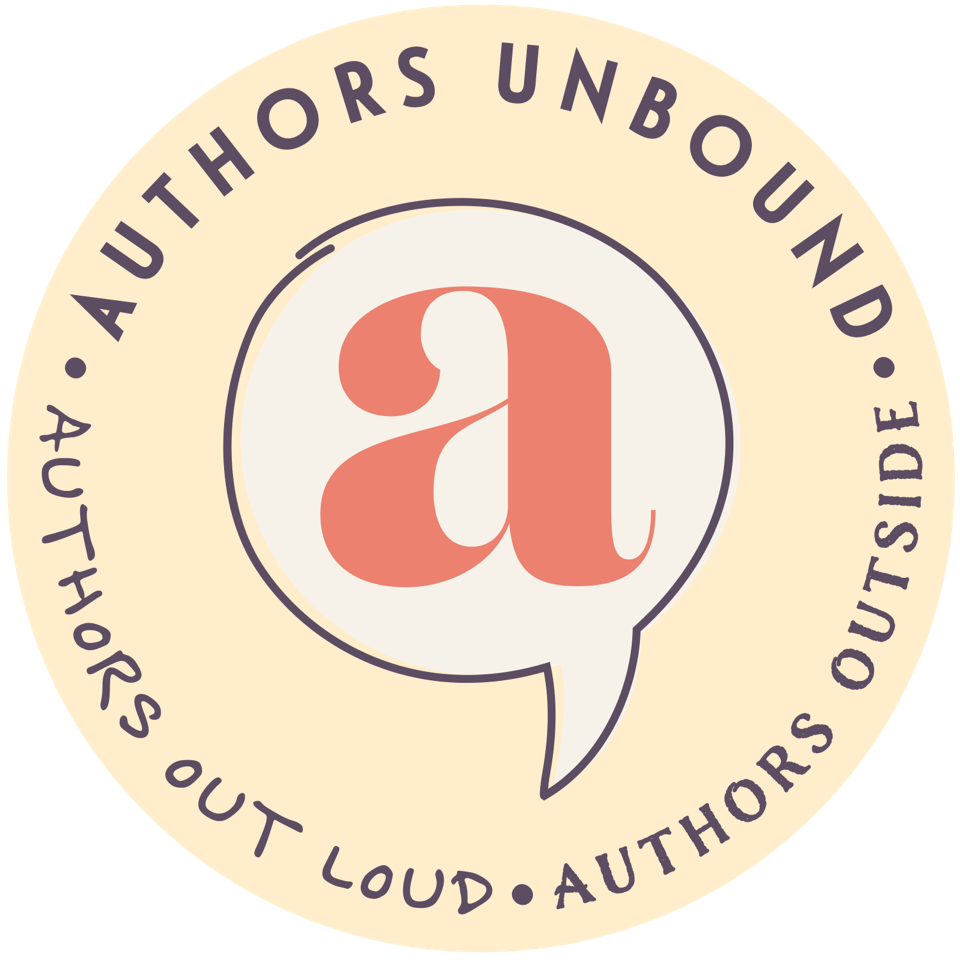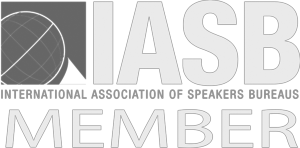The long journey of an American song, passed down from generation to generation, bridging a nation’s fraught disconnect between history and warped illusion, revealing the country’s ever evolving self.
MY OLD KENTUCKY HOME, from its enormous success in the early 1850s, written by a white man, considered the father of American music, about a Black man being sold downriver, performed for decades by white men in blackface, and the song, an anthem of longing and pain, turned upside down and, over time, becoming a celebration of happy plantation life.
It is the state song of Kentucky, a song that has inhabited hearts and memories, and in perpetual reprise, stands outside time; sung each May, before every Kentucky Derby, since 1930.
Written by Stephen Foster nine years before the Civil War, “My Old Kentucky Home” made its way through the wartime years to its decades-long run as a national minstrel sensation for which it was written; from its reference in the pages of Margaret Mitchell’s Gone with the Wind to being sung on The Simpsons and Mad Men.
Originally called “Poor Uncle Tom, Good-Night!” and inspired by America’s most famous abolitionist novel, it was a lament by an enslaved man, sold by his “master,” who must say goodbye to his beloved family and birthplace, with hints of the brutality to come: “The head must bow and the back will have to bend / Wherever the darky may go / A few more days, and the trouble all will end / In the field where the sugar-canes grow . . .”
In My Old Kentucky Home, Emily Bingham explores the long, strange journey of what has come to be seen by some as an American anthem, an integral part of our folklore, culture, customs, foundation, a living symbol of a “happy past.” But “My Old Kentucky Home” was never just a song. It was always a song about slavery with the real Kentucky home inhabited by the enslaved and shot through with violence, despair, and degradation.
Bingham explores the song’s history and permutations from its decades of performances across the continent, entering into the bloodstream of American life, through its twenty-first-century reassessment. It is a song that has been repeated and taught for almost two hundred years, a resonant changing emblem of America’s original sin whose blood-drenched shadow hovers and haunts us still.

